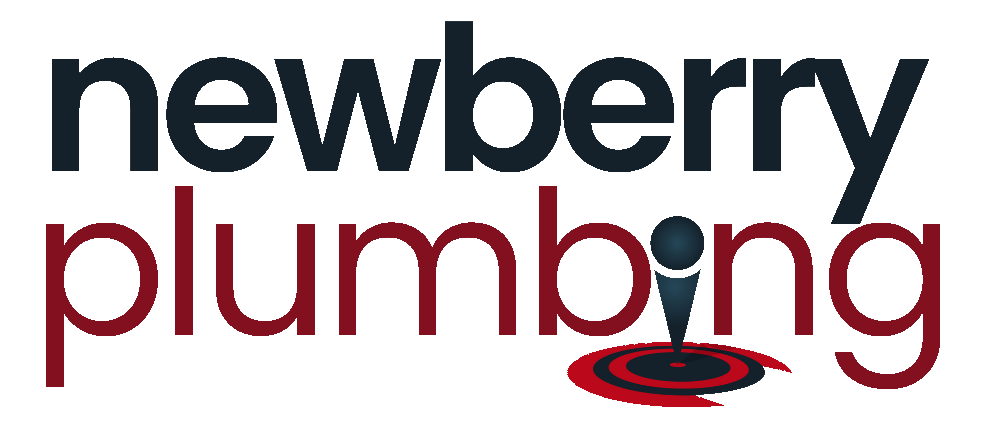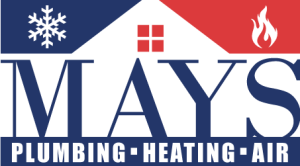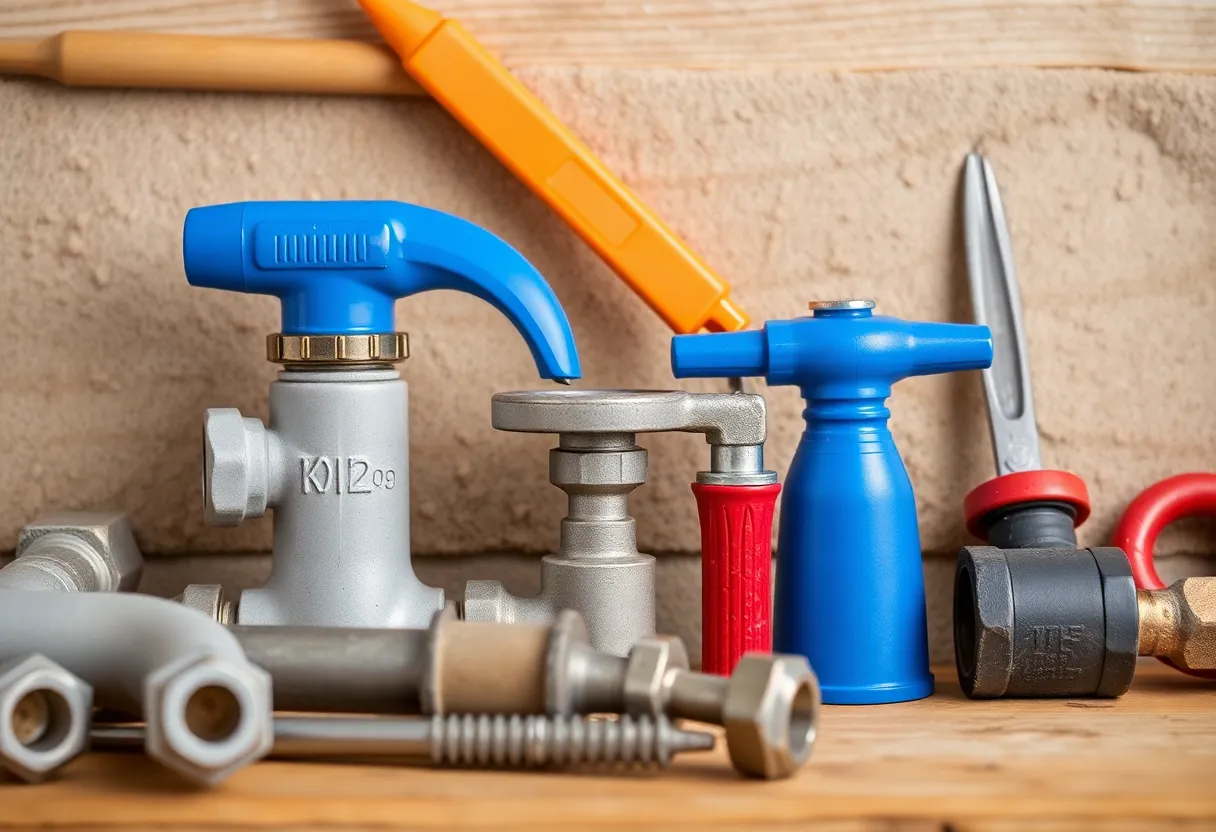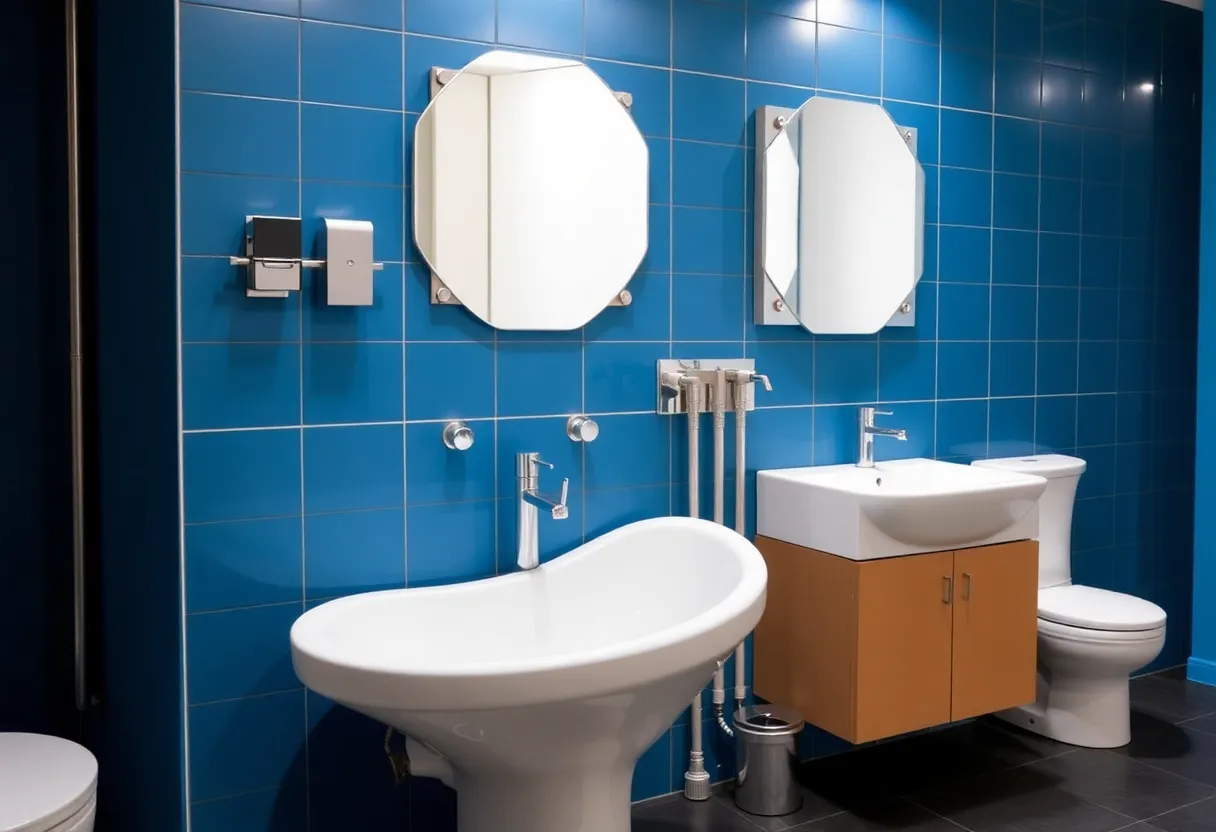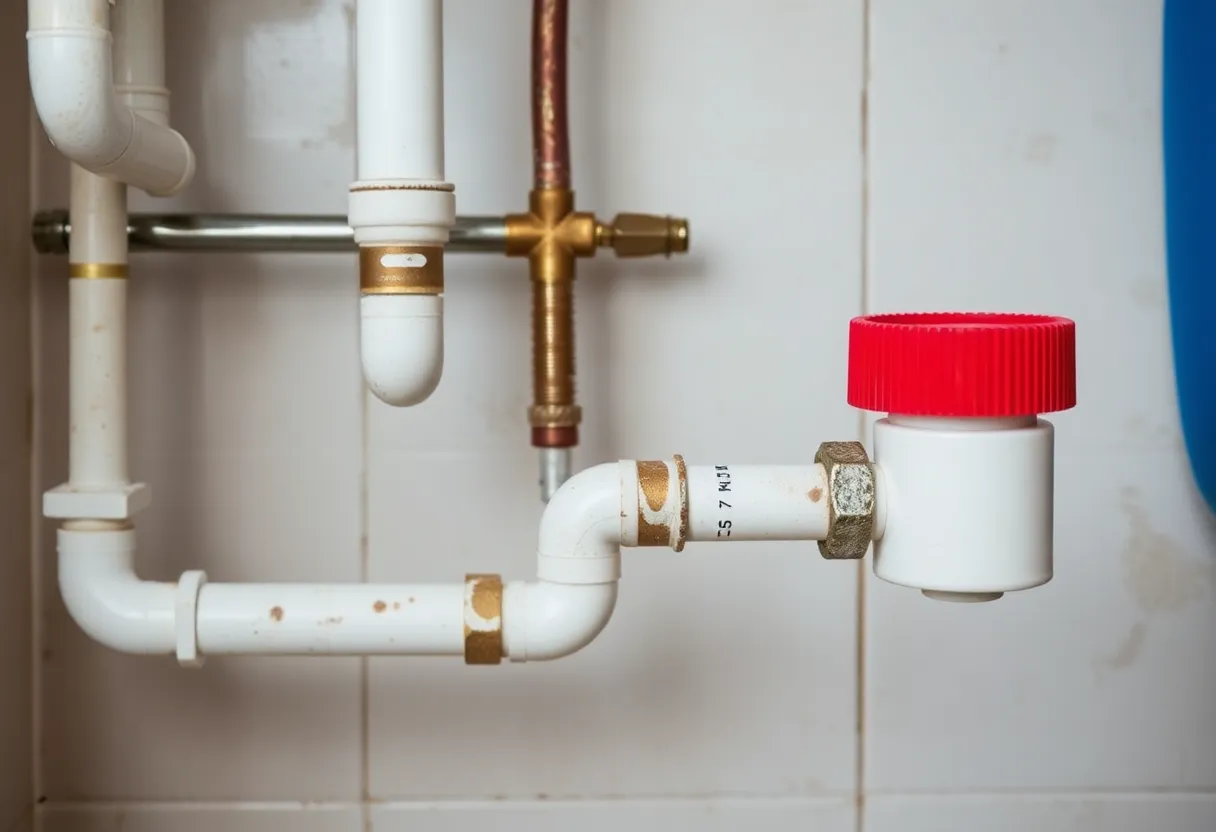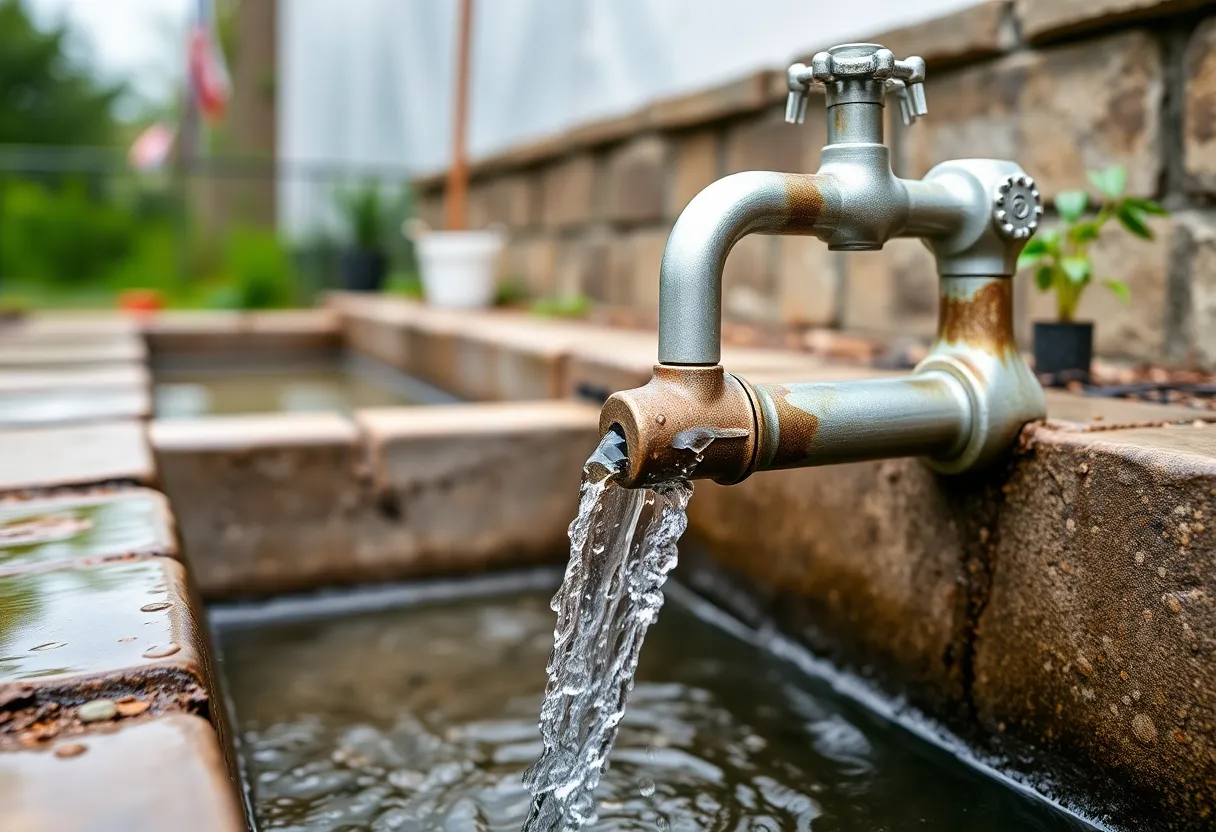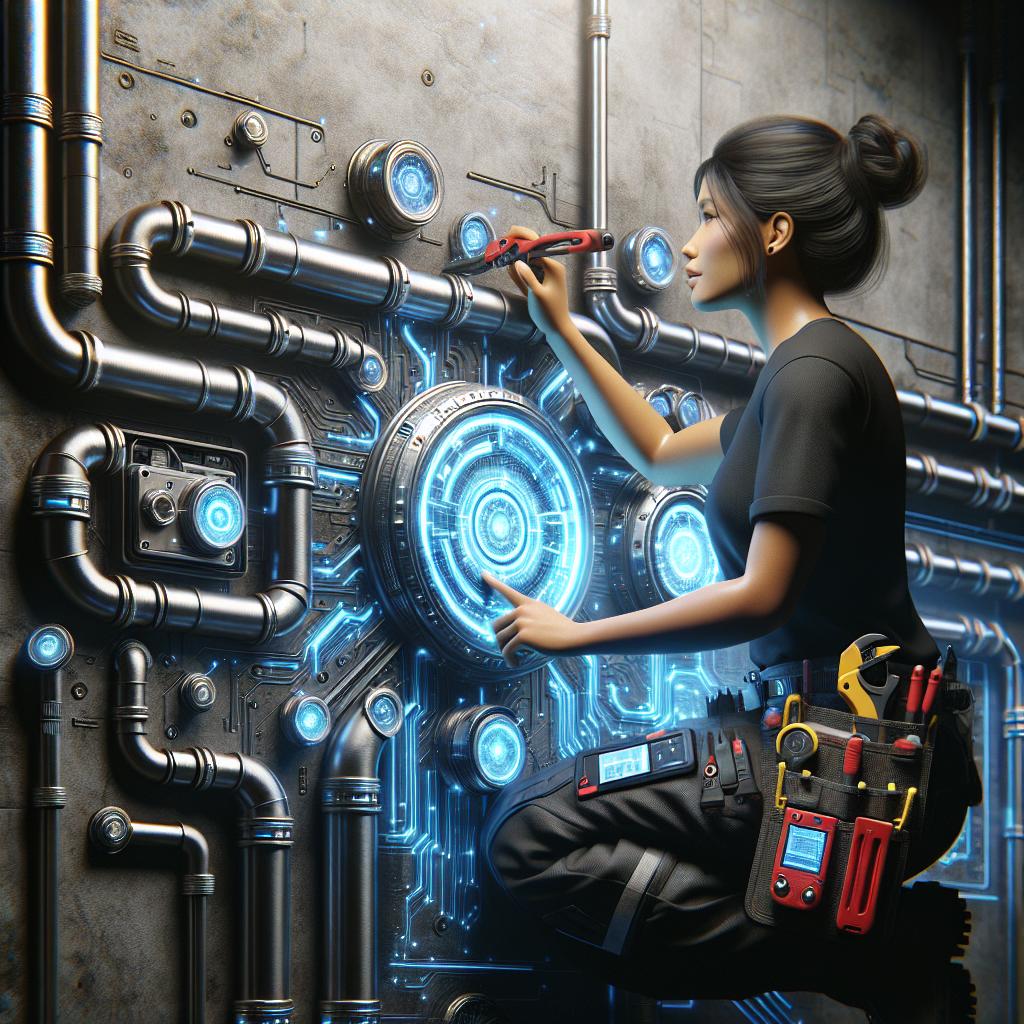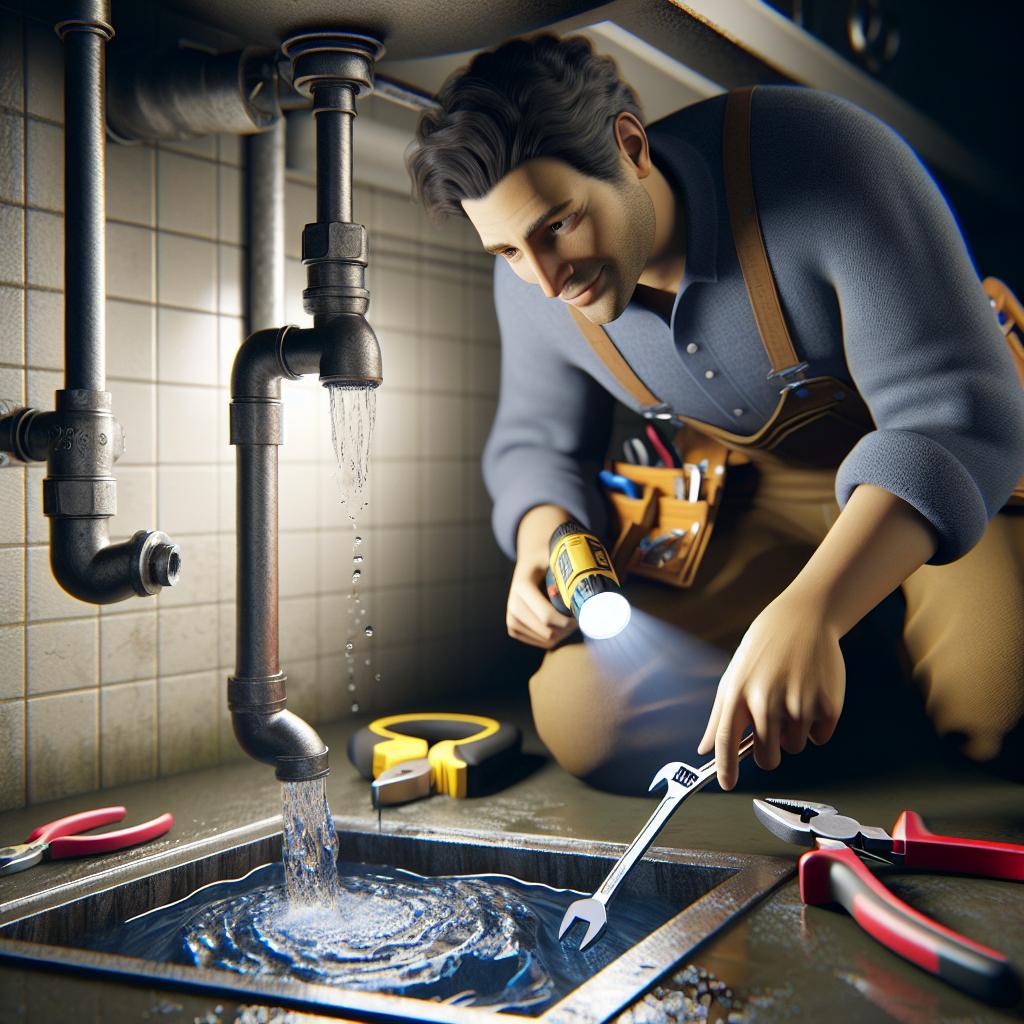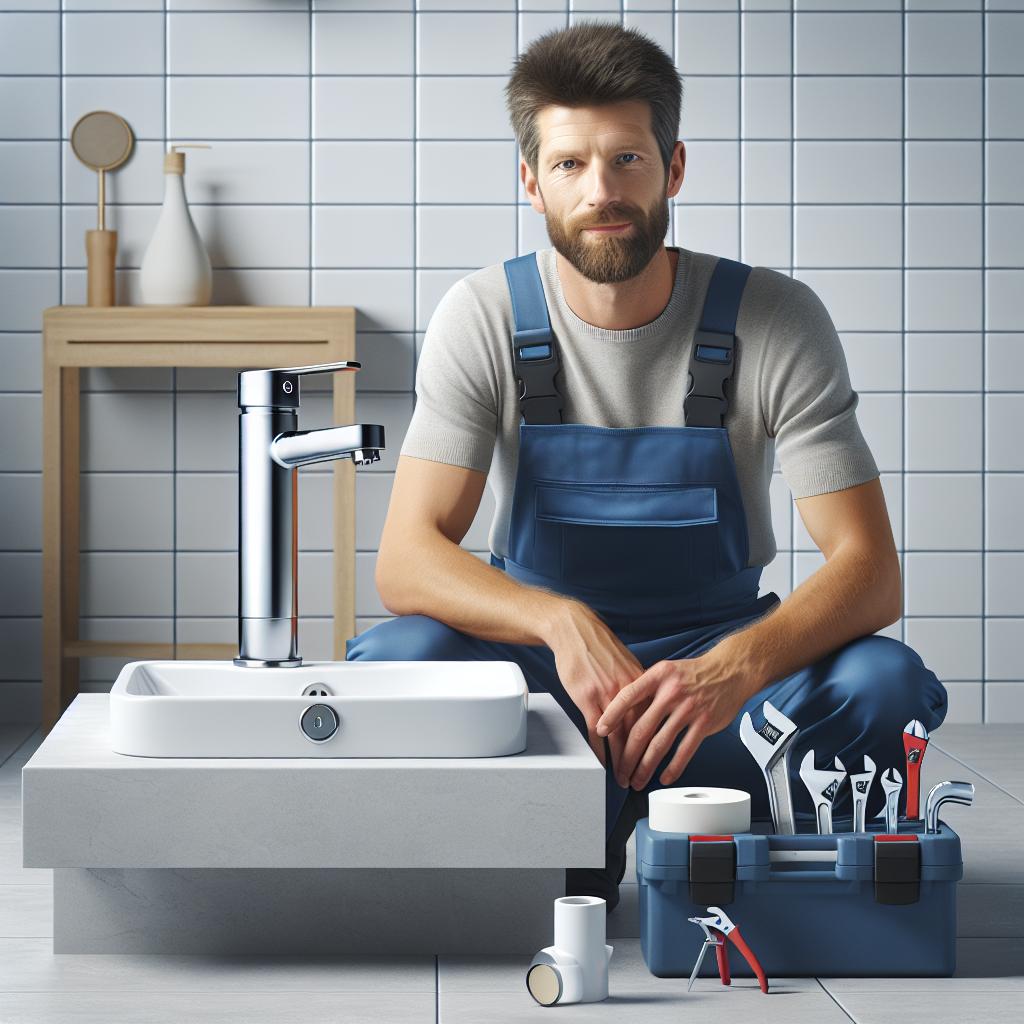Essential Plumbing Tools Every Homeowner Should Have: A Must-Have Checklist for DIY Success
When it comes to maintaining your home, plumbing is one of the crucial areas that requires attention. Whether you’re dealing with minor leaks or larger installations, having the right tools can make all the difference in the world. This article will provide a comprehensive checklist of essential plumbing tools that every homeowner should have in their arsenal. With these tools, you can tackle plumbing tasks confidently and efficiently.
Why Having the Right Tools is Important
Before diving into the list of tools, it’s essential to understand why being well-equipped is vital. Having the correct plumbing tools not only makes repairs more manageable but also helps prevent unnecessary damage to your home. Here are a few reasons to invest in your plumbing toolkit:
- Cost Efficiency: Hiring a plumber can be expensive. With the right tools, you can handle many repairs yourself, saving money.
- Time-Saving: A complete set of tools allows you to fix problems quickly without having to run to the store for supplies.
- Confidence and Knowledge: Performing your plumbing repairs can boost your confidence and increase your understanding of home maintenance.
The Ultimate Checklist of Essential Plumbing Tools
Here’s a compiled list of essential plumbing tools that every homeowner should consider adding to their toolkit:
1. Pipe Wrench
The pipe wrench is a staple in any plumbing toolkit. This tool is designed to grip and turn pipes, allowing you to tighten or loosen fittings securely. A good quality pipe wrench is an excellent investment for those who take on plumbing jobs regularly.
2. Adjustable Wrench
Similar to the pipe wrench, an adjustable wrench allows for more versatility in gripping various sizes of nuts and bolts. It’s perfect for various household repairs, making it an indispensable tool for any DIY enthusiast.
3. Plumber’s Tape
Plumber’s tape, also known as Teflon tape, is essential for sealing joints and preventing leaks. It’s a must-have when working with threaded pipes, as it provides a watertight seal.
4. Basin Wrench
A basin wrench is specifically designed for working in tight spaces, such as under sinks. The tool has a long handle and a pivoting jaw, allowing you to reach and manipulate nuts and bolts that would otherwise be inaccessible.
5. Pipe Cutter
Moving onto cutting tools, a pipe cutter is essential if you need to replace or install new pipes. Unlike a hacksaw, a pipe cutter offers a clean, burr-free cut that makes gluing and fittings easier.
6. Plunger
No plumbing toolkit is complete without a plunger. This simple yet effective tool is excellent for clearing clogged toilets and drains. It’s best to have both a flange plunger for toilets and a cup plunger for sinks and tub drains.
7. Drain Snake
For more stubborn clogs, a drain snake, or auger, is invaluable. This tool can reach deeper into your pipes and remove blockages that a plunger might not handle.
8. Utility Knife
A utility knife is handy for various purposes, from opening boxes to cutting pipes or rubber washers when making repairs. A sharp, durable utility knife is a versatile must-have in any toolkit.
9. Pliers
A good set of pliers is crucial for gripping and turning small fittings and pipes. Needle-nose pliers are particularly useful for reaching tight spots or small areas.
10. Screwdriver Set
Having a complete screwdriver set is essential for removing and securing screws during plumbing repairs. Be sure to include both flathead and Phillips-head screwdrivers to cover a variety of situations.
11. Float Valve Tool
If you’re planning to perform maintenance on your toilet, then the float valve tool is a must. This tool is designed to help you remove and clean the float valve assembly without the mess of water splashes.
12. Plumber’s Hammer
A plumber’s hammer is specifically designed for use with plumbing fittings. It’s lightweight, preventing damage to the pipe but still effective enough to knock fittings into place.
13. Bucket
Having a bucket on hand is crucial for catching excess water when performing plumbing repairs. It serves as a portable water catchment for small leaks and protects your floors.
14. Safety Gear
Lastly, don’t overlook the importance of safety gear. Items such as gloves, safety glasses, and knee pads can protect you from injury and make your repairs safer and more comfortable.
Organizing Your Plumbing Tools
Once you’ve gathered your essential plumbing tools, it’s vital to keep them organized for ease of access and efficiency. Here are some tips for organizing your toolbox:
1. Use a Tool Box or Organizer
Invest in a sturdy tool box or organizer that can accommodate all your plumbing tools. Having a specific place for each tool will make it easier to find what you need quickly.
2. Label Your Tools
Consider labeling drawers or compartments in your toolbox for better organization. This method can save you time and effort during your DIY projects.
3. Keep Tools Clean and Maintained
It’s essential to keep your tools clean and well-maintained. Regularly inspect your tools for signs of wear or damage, as this ensures they are always ready when you need them.
Conclusion
Having the right plumbing tools can empower you as a homeowner and help you manage common plumbing issues effectively without the immediate need for a professional. This essential toolkit, combined with some basic knowledge, will make you ready to take on a variety of plumbing tasks.
To recap, make sure to have the following tools in your plumbing toolkit:
- Pipe Wrench
- Adjustable Wrench
- Plumber’s Tape
- Basin Wrench
- Pipe Cutter
- Plunger
- Drain Snake
- Utility Knife
- Pliers
- Screwdriver Set
- Float Valve Tool
- Plumber’s Hammer
- Bucket
- Safety Gear
With this must-have checklist, you will be well on your way to achieving DIY success in your plumbing projects!
